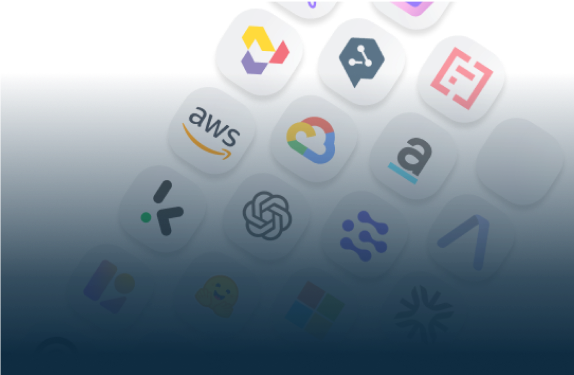
Start Your AI Journey Today
- Access 100+ AI APIs in a single platform.
- Compare and deploy AI models effortlessly.
- Pay-as-you-go with no upfront fees.
When building with OpenAI’s API, hitting rate limits can stop your application from scaling or even cause service interruptions. In this article, we’ll explain what rate limits are, how they’re calculated, and how to manage them effectively using good practices, and tools like Eden AI for seamless scaling.

The OpenAI API gives developers access to powerful models like GPT-4, but these models come with rate limits, restrictions on how many requests you can send per minute or per day.
Understanding and handling these limits is key to keeping your application stable, responsive, and scalable.
Rate limits define how many requests or tokens you can send in a given time frame.
They depend on factors such as:
If you exceed these limits, OpenAI returns errors like:429: Rate limit reached for requests or Rate limit reached for tokens.
For SaaS developers, rate limits can cause:
That’s why anticipating and designing for limits is as important as designing your prompt.
This ensures continuous service even under heavy traffic.
With Eden AI, you can:
This means your app keeps running smoothly, even when one provider hits capacity.
Mastering rate limits isn’t just about avoiding errors, it’s about designing for resilience.
By monitoring usage, handling retries, and distributing load across providers, you make your AI systems scalable and reliable.
With Eden AI, you can go one step further: unify multiple AI and LLM APIs, automate fallback logic, and never hit a hard stop again.


You can start building right away. If you have any questions, feel free to chat with us!
Get startedContact sales
